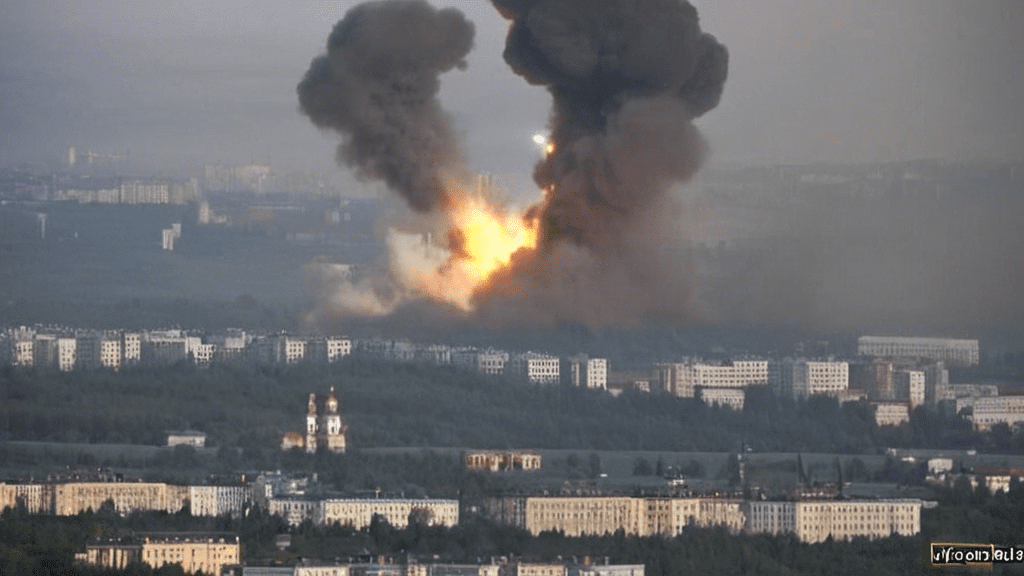On November 3, 2024, Russia launched a massive drone and missile attack on Ukraine, marking another chapter in the ongoing conflict between the two nations. This particular attack was significant, involving nearly 100 aerial units including 96 drones and a guided missile, which rattled the airspace over Ukraine, particularly targeting civilian infrastructure.
Ukrainian Defense Against the Assault
In response to this barrage, Ukraine’s Air Force proved resilient, successfully intercepting and destroying 66 of the drones along with the missile. However, the situation was far from perfect as 27 drones fell victim to electronic jamming, while one drone surprisingly made its way into Belarusian airspace. This mix of defenses shows the complexity of modern warfare, and just how crucial electronic warfare has become in protecting airspace.
The aftermath of the attack didn’t come without its toll. Although no casualties were reported, infrastructure damage was evident. Buildings, roads, and power lines, especially in Kyiv’s Shevchenkivskyi and Holosiivskyi districts, took a hit. A fire erupted in the heart of Kyiv, and local emergency crews rushed to handle the situation, demonstrating the persistent threat that these conflicts pose to everyday life in urban areas.
The Bigger Picture of the Ongoing Conflict
This drone attack didn’t occur in isolation; rather, it fit into a broader pattern of aggression. Over the past week leading up to this incident, Russia had unleashed about 900 guided aerial bombs, 500 drones, and 30 missiles onto Ukraine, primarily aimed at debilitating civilian infrastructure. This consistent targeting not only magnifies the physical destruction but also contributes to a heightened sense of fear and instability among the civilian population.
In light of these escalations, Ukrainian President Volodymyr Zelenskyy made a heartfelt appeal to Ukraine’s allies. He emphasized the necessity for long-range weapon systems to bolster Ukraine’s defenses and called for enhanced sanctions against Russia. Zelenskyy raised concerns that without these additional measures, Russia would continue to import essential components for drone and missile production, many of which come from countries like China, the US, and Europe.
These international dynamics underscore the complexity of the conflict. The use of inexpensive drone technologies by Russia, often imitating Iranian-made Shahed drones, reflects an ongoing evolution in warfare tactics. As Ukraine navigates this turbulent landscape, the quest for more comprehensive support from its Western partners becomes even more critical, especially as they seek new ways to push back against ongoing aerial assaults and recover deeper territorial stability.
